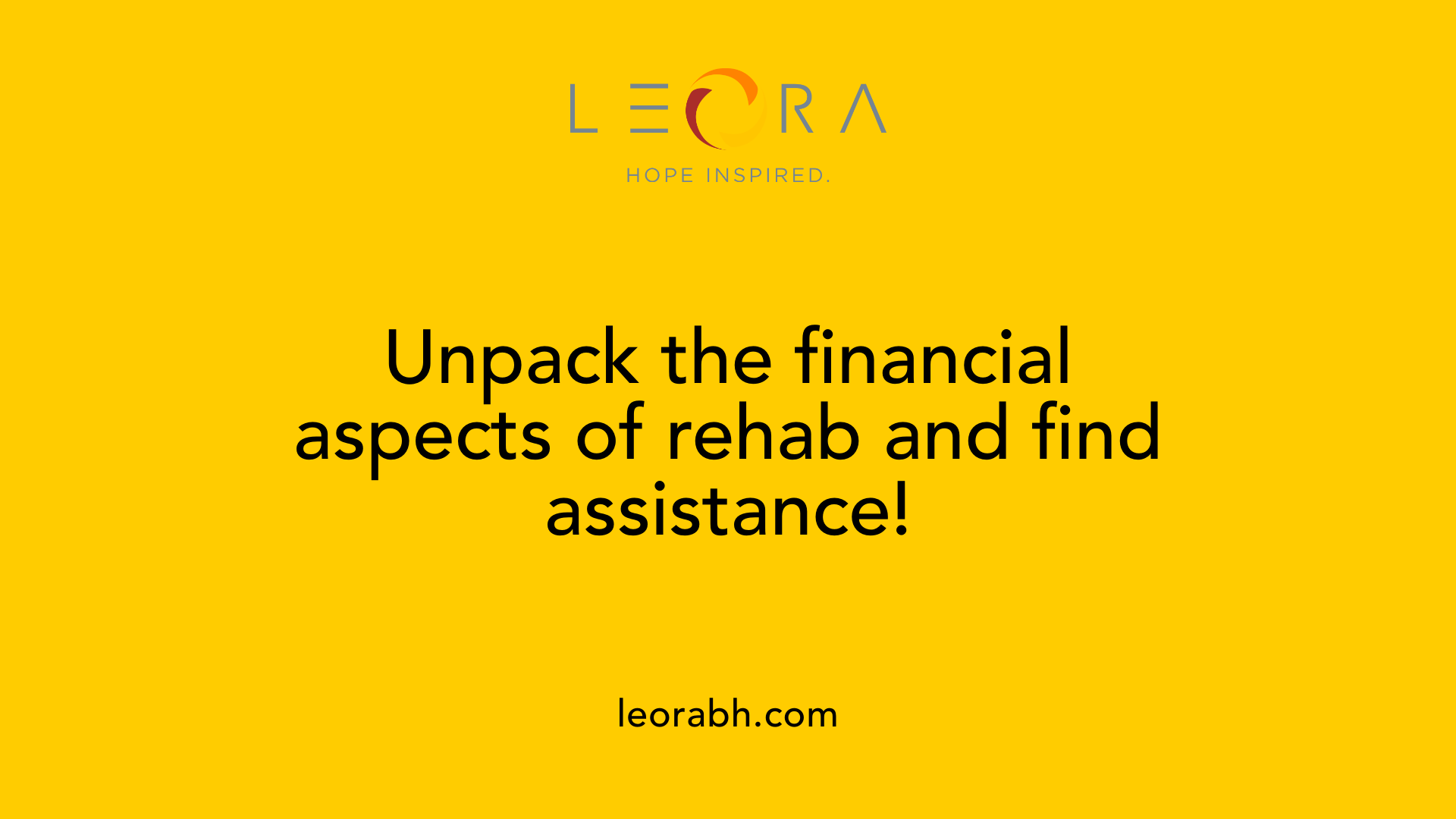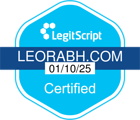Addiction Recovery Retreats Ohio
Exploring Ohio's Pathways to Recovery: Retreats and Rehabilitation
A Diverse Landscape of Healing
Ohio offers a vast array of addiction recovery retreats and facilities designed to meet diverse needs and preferences. From tranquil retreats in serene locations to comprehensive urban programs, Ohio's recovery options are as varied as they are numerous. This narrative will guide you through understanding the types of support available, the costs involved, and how to approach the crucial decision of choosing a suitable program.
Key Facts on Support Groups & Helplines for Addiction
- Narcotics Anonymous (NA) is the most prevalent support group for drug addiction, using a 12-step recovery framework.
- Dual Recovery Anonymous (DRA) caters to individuals facing both mental health challenges and substance abuse, following a similar 12-step model.
- SAMHSA's National Helpline provides free, confidential assistance 24/7 for addiction-related issues.
- Support groups encourage peer interaction, increasing emotional resilience and coping strategies essential for recovery.
- A supportive home environment post-rehab is crucial, requiring the removal of triggers and fostering open communication.
- Aftercare participation, such as attending support meetings, is vital for reinforcing recovery commitments.
- Established daily routines help reduce temptation and boredom while promoting focus on recovery goals.
- Financial assistance options for rehab include insurance coverage, sliding scale fees, and state-funded programs.
- Rehab costs in Ohio vary, with inpatient treatment averaging between $6,000 to $60,000 depending on duration.
- Approximately 50% of adults with substance use disorder achieve stable remission, emphasizing the long-term value of treatment.
Support Groups & Helplines for Addiction

What is the most common support group for drug addicts?
Narcotics Anonymous (NA) is recognized as the most prevalent and established support group for individuals dealing with drug addiction. Operating under a 12-step recovery framework, NA provides a structured approach to recovering from substance use issues. Participants benefit from regular meetings that take place in various settings, such as community centers, churches, or online platforms, making it accessible to a wider audience.
NA groups encourage members to share their experiences and support one another in their recovery journeys. This peer support fosters emotional resilience and helps individuals develop coping strategies, which are crucial for those grappling with addiction.
Exploring Dual Recovery Anonymous
For many, the path to recovery is complex, particularly when substance use disorders coincide with mental health challenges. Dual Recovery Anonymous (DRA) steps in to address these intertwined issues.
DRA caters specifically to individuals facing both mental health conditions and substance abuse problems, offering a safe space where members can discuss their unique struggles. The program adheres to a similar 12-step philosophy, adapting it to fit the needs of those managing dual diagnoses. This comprehensive approach helps members gain insights into their conditions while building a supportive community around them.
Utilizing SAMHSA's Helplines in Ohio
In addition to these support groups, individuals seeking help with addiction can access crucial resources through the Substance Abuse and Mental Health Services Administration (SAMHSA). Especially in states like Ohio, SAMHSA’s National Helpline provides free, confidential assistance 24/7. Those in need can find treatment referrals, crisis intervention resources, and support for long-term recovery.
SAMHSA’s helpline is an invaluable tool for connecting individuals with local resources tailored to their specific needs, whether it be inpatient treatment, outpatient services, or counseling.
Summary of Support Options
Finding the right support group or helpline can significantly enhance the recovery experience for individuals battling addiction. Engaging with these communities not only nurtures personal growth but also fosters lasting connections that are vital for long-term sobriety.
Family Dynamics Post-Rehab

Creating a Supportive Home Environment
When your adult child returns home from rehab, the environment plays a crucial role in their recovery. Adjusting the home setting involves more than just a friendly welcome; it requires a proactive approach.
Start by identifying and removing any triggers—substances, paraphernalia, or even certain relationships that could lead to relapse. Make the space a haven of support, filled with encouragement rather than temptation.
Establish open lines of communication. Let your child know they can talk about their feelings or stress without judgment. This dialogue fosters an atmosphere of trust and support, crucial for their recovery journey.
Importance of Aftercare and Daily Routines
Aftercare is an essential aspect of the recovery process. Encourage your adult child to attend support meetings or therapy sessions regularly. These commitments reinforce their coping skills and provide a community of understanding individuals.
Having a structured daily routine is also vital. A well-planned day can prevent boredom and reduce the temptation to engage in old habits.
Elements of a daily routine could include:
- Morning meditation or mindfulness practice
- Attending therapy or support meetings
- Engaging in physical activities like walking or yoga
- Keeping time for hobbies and relaxation
This structured approach can help your child feel more grounded and focused on their recovery.
Utilizing National Helplines for Guidance
The journey of recovery is often riddled with challenges. For families feeling overwhelmed, support is just a call away.
A valuable resource is SAMHSA’s National Helpline at 1-800-662-HELP (4357). This free and confidential service offers guidance and assistance for anyone facing substance use issues. They can provide information on local resources and support options, which are crucial for making informed choices about care.
By utilizing these resources and establishing a supportive home environment, you can play an integral role in your adult child's path to recovery.
Summary of Post-Rehab Support Strategies
Creating a nurturing environment and utilizing available resources can help pave a smoother path for your adult child after rehab.
Diverse Treatment Programs for Addiction Recovery

Which recovery programs are available for people with drug addiction?
Recovery from drug addiction encompasses a wide array of programs designed to aid individuals on their path to sobriety. One prominent approach is the 12-Step program, frequently associated with organizations like Alcoholics Anonymous (AA) and Narcotics Anonymous (NA). These programs rely on a structured pathway encouraging personal accountability, shared experiences, and support from others in recovery.
On the other hand, non-12-Step programs provide alternative methodologies for recovery. For instance, Self-Management and Recovery Training (SMART) emphasizes self-empowerment and behavioral techniques rather than spiritual or religious foundations.
What are the types of care: inpatient vs outpatient?
Treatment for substance use disorder can be delivered through various settings, largely categorized into inpatient and outpatient care:
| Type of Care | Description | Best For | |--------------|-------------|----------| | Inpatient | 24/7 supervision in a residential facility. Intensive treatment and a structured schedule featuring therapy sessions and activities.| | Ideal for severe addiction cases or those with co-occurring mental health disorders.|
| Outpatient | Flexibility to live at home while attending scheduled therapy sessions. Can range from weekly appointments to daily intensive programming. | Suitable for less severe addiction or individuals needing to maintain jobs and family responsibilities. |
Both forms of treatment address the complexities of addiction, allowing professionals to tailor care based on the individual's needs.
Why is it important to conduct assessments and ongoing care?
A thorough substance use assessment is a crucial first step in determining the best type of care for individuals struggling with addiction. This process evaluates a person's situation, including their drug use history, mental health, and social environment, ensuring a customized treatment plan.
Moreover, continuous care is indispensable for achieving long-term recovery. Ongoing support through counseling and support groups helps individuals navigate challenges post-treatment and reinforces coping strategies learned during their initial recovery efforts. Recovery is often viewed as a lifelong journey, making these resources essential.
For those unsure where to start, many state governments offer accessible treatment options for individuals without insurance, including free or low-cost services. Recovery is multifaceted, and understanding the variety of options available can empower individuals to find the path that best suits their needs.
Understanding the Costs of Rehab in Ohio

How much does drug rehab cost in Ohio?
The cost of drug rehab in Ohio varies significantly based on the type and duration of the program selected. Inpatient treatment programs typically charge between $6,000 to $20,000 for short-term stays, while long-term care can range from $12,000 to $60,000. With approximately 620 treatment centers operating statewide, individuals seeking help have numerous options.
Rehab expenses can be influenced by various factors such as the specific services provided, the location of the center, and any additional amenities. Many facilities offer different regions of care, including detox, counseling, and aftercare services that can also add to the total cost.
What financial assistance options are available?
Finding affordable care is crucial for those in need. Fortunately, there are several financial assistance options available for rehab in Ohio:
- Insurance Coverage: Many health insurance plans cover a portion of rehabilitation costs. It’s recommended to check both private insurance and Medicaid eligibility.
- Ohio Mental Health Insurance Assistance Office: This resource provides support in understanding benefits and connecting with programs that offer financial aid.
- Sliding Scale Fees: Some treatment centers operate on a sliding scale based on income, making care more accessible.
- State-Funded Programs: Ohio provides free or low-cost treatment through certain state-funded facilities.
What are the impacts of financial recovery and remission statistics?
Investing in rehab can lead to significant financial recovery. For families, the economic burden often lifts, as they can save up to $15,000 per year in healthcare costs once a loved one enters recovery. This financial benefit underscores the long-term value of rehabilitation programs.
Moreover, the outlook for recovery is optimistic. Statistics indicate that roughly 50% of adults with substance use disorder (SUD) achieve stable remission, highlighting that financial commitments towards treatment can lead to substantial improvements in both mental health and overall well-being.
Summary of Important Cost Considerations in Ohio Rehab Programs
Understanding these factors can guide individuals and families in making informed decisions regarding drug rehabilitation in Ohio.
Making Informed Choices for Recovery
Deciding on a recovery program is a significant step on the path to sobriety, and the diverse array of options in Ohio ensures that individuals can find a program tailored to their specific needs. The state's extensive network of support groups and helplines offers continuous guidance, while understanding the associated costs can ease the financial planning aspect of recovery. By exploring the varied programs and fostering a supportive home environment post-rehab, families can play a crucial role in successful and sustained recovery.
References
Find Your Inner Light
Related Articles
Contact Us
Leora Behavioral Health offers a comprehensive addiction treatment programs to help you get your life back on track.
Our trained professionals will work with you to develop a personalized treatment plan that meets your unique needs. If you or someone you know is struggling with addiction, reach out to Leora Behavioral Health today.


.svg)





.svg)
.svg)
.svg)
.svg)